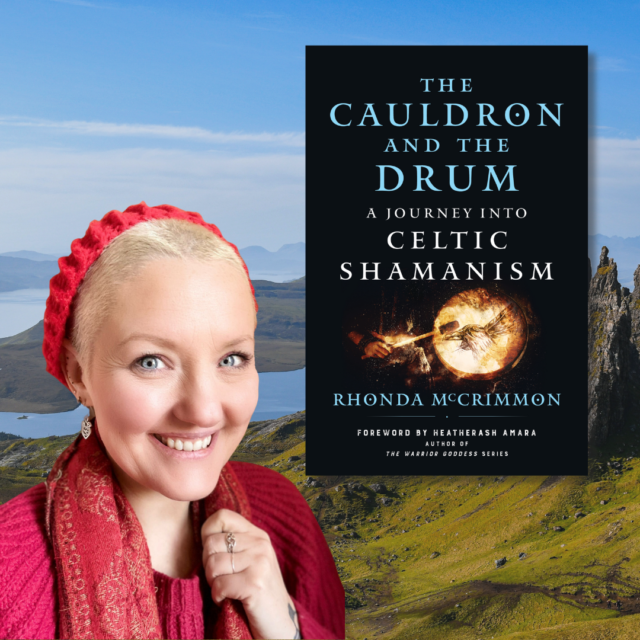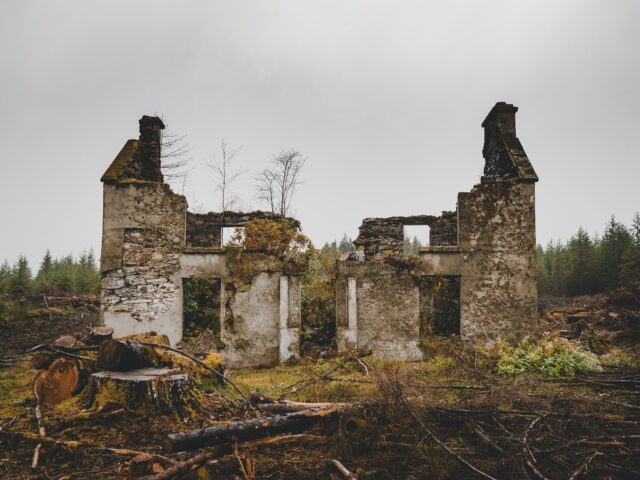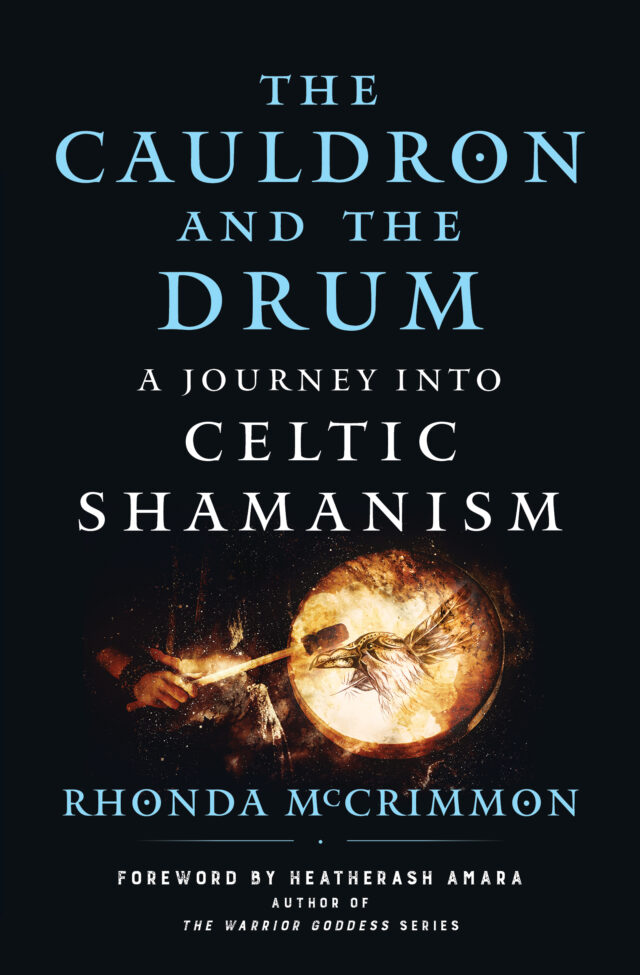Dear readers,
In the rural Hawaiian valley where I have lived off-grid for the past five years, local people come often to tend their ancestors’ graves, which are marked either by Western-style headstones or by traditional piles of stones, or pohaku. Wandering through the forest, you soon become aware that you are surrounded by graves. Noisy chatter gives way to quiet contemplation; a crashing gait turns into carefully-placed footsteps. The presence of so many ancestors exerts a subtle but powerful effect on peoples’ behavior: there’s a sense that your actions matter, and that you are being watched. Although the forest may look wild or abandoned to an untrained eye, it contains layer upon layer of human history, the evidence of which is all around. I often wonder about the people to whom these graves belong. What would they think of my presence here? Would they approve of the way I’m living? What could I do to earn their respect?
Sometimes, I feel wistful when I speak with a neighbor who can recite the names of relatives stretching far back into her family tree, all rooted to the same land for generation after generation. The deep knowledge of the land and enduring sense of belonging such families possess is something that I can only dream of. Like many great-grandchildren of immigrants, I’ve never felt quite sure of where I belonged, or even where I’m “really” from. For me, the nearest ancestral grave sites are not only thousands of miles away, but located in places where I have never spent meaningful time, if I’ve even visited them at all.
Earlier this year, I had the pleasure of editing Rhonda McCrimmon’s beautiful book, The Cauldron and the Drum: A Journey into Celtic Shamanism. One thing I love about McCrimmon’s work is her discussion of ancestors.
Shamanic practices from around the world involve calling on one’s ancestors for support, guidance, or protection. However, some of us have a tricky relationship with our literal ancestors—for example, if we know that they were abusive to others, we may not feel comfortable drawing them to mind when we need inspiration or support. For this, McCrimmon offers a wonderful alternative: connecting with “loving ancestors,” whether or not you are tied to them by blood. Just as many people spend the holidays with “chosen family” rather than blood relatives, McCrimmon teaches that we aren’t limited to literal relatives when it comes to seeking inspiration from those who have gone beyond.
She also asks us to consider what kind of ancestors we would someday like to be. How would we like to be remembered by the people who come after us? How can we become the kind of ancestors that our descendants will want to call upon for guidance? As a person in my thirties, I’d never given much thought to these questions, but as I edited The Cauldron and the Drum, I often found myself reflecting on my values, and asking myself how I could grow in the kind of wisdom that could someday be of benefit to others. Was I putting the right things in my cauldron? Could I reorient myself to something higher, something that would make a difference for generations to come?
But as I was editing Rhonda’s book, I began to think about my friends and neighbors who have died in the valley. Their deaths bind me to this place, just as their friendship did when they were alive. I decided to take a pilgrimage to a place I hadn’t gone in three years—a tumbledown house on the other side of the valley, where a friend of mine had died. I packed a small basket with ti leaves, flowers, and some ‘awa root, and set out on foot down the long dirt road. As I walked, I remembered all that my friend had taught me—how to train guava branches by tying them with rope, how deep to make a chainsaw cut in a tree you were felling—as well as the stories he used to tell about the time he was camping on the beach in a wind storm and got pinned under an ironwood tree.
I remembered the many times I’d given him a ride home from town, and how he’d give me avocadoes and plant cuttings for my garden—cuttings which were now six feet tall. As I approached his old house, which was now little more than a pile of rotting boards and gaping windows, I saw the plants from which those cuttings were taken, still standing. I crouched down, lay my offering in front of the gate, and said a few words to wish him well on the other side.
The very next day, my next-door neighbors came over. “They’re burning down the old house today,” they said. “Would you like to come with us to watch?”
“Which old house?” I asked, amazed.
It was my friend’s old house, which the new owners were destroying to make way for something new. I’d made my pilgrimage just in time. As I stood with my neighbors and watched the place burn, I felt that I’d crossed a transition point in my life in the valley. Where I was once a newcomer, with no memory and no relationships, I was now a person who remembered what it was like when the old house was there; I was a person who knew and remembered the dead. It wasn’t the same thing as having ancestors in the valley, but it was something. I did have graves to tend, and it meant something to me to tend them. In this unexpected way, I was starting to belong.
In The Cauldron and the Drum, McCrimmon writes: “Like many ancient peoples, the Celts believed that the visible world was only one layer of a complex and multifaceted reality. In addition to the everyday labor required to put food on the table and keep a roof over their heads, the Celts practiced extensive inner work, honoring the mysteries of their own psyches and seeking the wisdom within. They were also careful to maintain their relationships with the world of nature, knowing that all energy comes from—and returns to—the earth.”
The longer I live in this ancient and sacred land, the more I become aware of the complex and multifaceted reality of which McCrimmon writes, and the more moved I am by the cycles of energy she describes. Whether you are living in the land of your ancestors or in a place which is completely new to you, there are always ways to show respect, develop relationships, and tap into something timeless and precious.
Readers, I hope you all have a beautiful winter, that your cauldrons are full of whatever nourishes you best, and that you find deep ties of belonging wherever you go.
Sincerely,
Hilary Smith
Senior Editor, Hierophant Publishing
According to the ancient Celts, the root of a person's physical, spiritual, and emotional health lies in the balance between the body's three energy centers, called the Three Cauldrons: the Cauldron of Warming, the Cauldron of Motion, and the Cauldron of Wisdom. They believed a person must activate, nurture, and maintain all three cauldrons to live a whole, connected, and meaningful life.
In this book, renowned shamanic teacher Rhonda McCrimmon brings the ancient, healing wisdom of Celtic shamanism to life so you can break free from the chains of past traumas, hurts, and heartaches and live a whole, connected, and more meaningful life. You will embark on a spiritual journey from the lowest of the three energetic cauldrons to the highest, learning how to cultivate each cauldron’s unique potential along the way.


